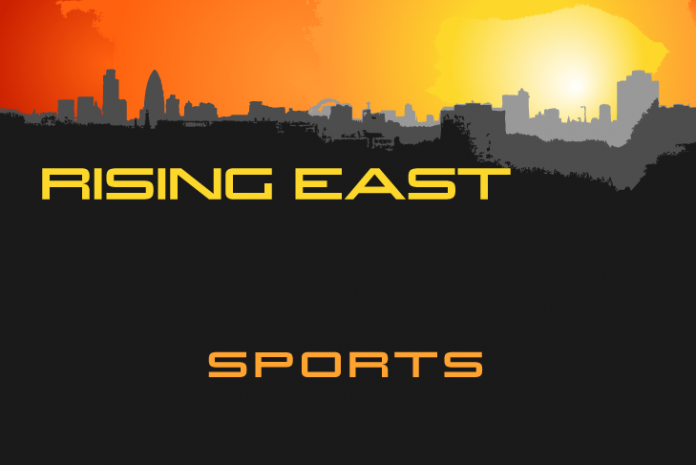Jack Giordmaina assesses the Olympic legacy…
We are now coming up to the three-year anniversary of the 2012 London Olympic Games. Therefore, critics will be starting to look at the emergence of the legacy of the games and is it having the desired effect it promised back in the summer of 2012.
The Copper Box and the Aquatics Centre are both run by a non-profit organisation called GLL. One of the main reasons why these two arenas was taken on by GLL was in order to help achieve its promised legacy. Both stadiums host major sporting events. The money raised by these events go back into a fund that helps both arenas fund sporting activities for the public, as well as updating the facilities to the latest standards in order for the public to have the elite athlete experience.
Rachael Hunt, the public relations officer for the Copper Box and the Aquatics Centre, explained how both stadiums are trying to achieve their Olympic legacy and what they have done so far.
“The promises the Olympic Park made is a big part of what we are trying to achieve at the Copper Box and the Aquatics Centre,” she says. “We have an exciting legacy programme at the Aquatics Centre, where we have linked up with Tom Daley to create a platform where children can learn how to dive. This programme will allow children to create a club link in diving so they can go on from this programme to learn their skills and hopefully become an elite diver in the future.”
The Copper Box also had some interesting initiatives set up to try and attract more children, as well as young athletes to the copper box.
“We also run a GLL foundation program which allows young athletes who are based around the Olympic Park a chance to train at our facilities. Also the foundation will supply funding for that athlete so they can continue their journey to becoming an elite athlete.
“Making sure children take part in sport is fundamental in what we want to achieve. This is why we contact schools from across the local areas to try and attract as many children as possible to our half-term and end of term sporting activities. We try and make sure we have a large range of sports on offer so we can accommodate to as many children as possible.”
Another aspect that GLL considered to make sure that they attracted the public was to make sure prices were equivalent to a local public sector leisure centre. Hunt believes that this is one of the most important aspects to attract the public to the Olympic Park, as it only costs a couple of pounds to play or participate in the same arenas as the London 2012 athletes.
“The great thing about the Olympic Park and the Copper Box is that you do not have to be an elite athlete to use the facilities. The facilities are open to everybody. The prices are equivalent to a person’s local public leisure centre. This way we can attract people to come to the venue and play and train in the same place as the 2012 Olympic athletes. We believe that this is a great incentive to attract local people and people not from the local area to participate in these great arenas,” says Hunt.
The Copper Box have also had some high-profile events taking place at the stadium after the London 2012 games. Recently the Netball Super League played a few games at the Copper Box and the England Netball team have also played a few of their games in the stadium. These events are a crucial part of maintaining the Olympic Legacy. This is mainly because it allows the Olympic Park to continue its process of regenerating the heart of East London, which is Stratford and its surrounding areas.
The high profile events bring in spectators that have to pass through Stratford and other local areas to get to the Olympic Park. This means the new retail business parks that have been created alongside the Olympic Park will still get business, enabling them to make more money and produce more jobs for the local people of East London.
However, the high profile events do also help fund activities for the public and help maintain the high standards of facilities. Hunt explains how important it is to have these high profile events and how they use the athletes that take part in these events as a promotional measure to bring more people in, saying: “We have had a lot of high profile events recently, such as the Invictus game, Great Britain Basketball games and the London Lions and also the England Netball team. The Copper Box is a very versatile arena, which means we are able to attract a great variety of sports. Hosting these main events also allows us to fund our initiatives, which bring in the public to play sport.
“We also use the professional athletes that visit the Copper Box in these high profile events to help promote our programmes, such as our netball programme or our basketball programme.
“However, we do recognise that these events can cause disruption to the public facilities and we don’t want to affect our customers with these events. So 99% of the time the gym will remain open during these events so that our gym users don’t lose out due to these events.”
The Olympic Legacy is definitely starting to show positive signs in both the Copper Box and the Aquatics Centre with a number of great initiatives already set up to try and help as many children and adults pursue a new sport. The positive signs are only in the early stages of development, and it will be another few years until we start to see what talent these programmes are finding and developing as we approach the Rio de Janeiro games in 2016.

